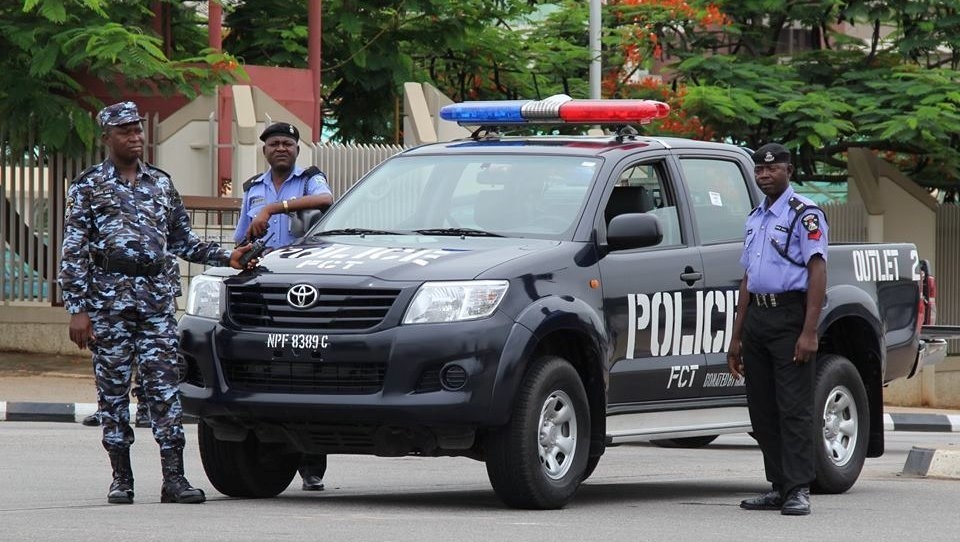Rethinking security: Exploring a different approach
In the face of persistent security challenges, it’s evident that our current centralised policing system is failing to adequately protect us. Over the years, our leaders have fallen short in ensuring the safety and security of the people, thus, the urgent need for a rethink of the current security setup and a reassessment of the […]

Police Vehicle
In the face of persistent security challenges, it’s evident that our current centralised policing system is failing to adequately protect us. Over the years, our leaders have fallen short in ensuring the safety and security of the people, thus, the urgent need for a rethink of the current security setup and a reassessment of the entire security architecture.
The police as it is lack almost everything – inadequate personnel, deficient infrastructure, limited funds, near zero intelligence gathering, discipline, et al.
It’s often said that repeating the same actions while expecting different results is foolish. With a centralised police system in place for decades, we have witnessed escalating security crises, underscoring the necessity for a change in approach.
The notion of centralising policing is now being called into question, given its inability to effectively address our diverse security challenges. To truly make headway in combating insecurity, the establishment of state/community police is, in my opinion, the most viable solution.
Ensuring that states establish and finance their own police formations is now a constitutional imperative. By decentralizing policing, the federal government can alleviate its burden while ensuring proper oversight of law enforcement activities at the state level.
This move also addresses concerns about the misuse of security votes, redirecting funds that would usually be siphoned, towards the training and equipping of state police units.
The implementation of community and state policing is worth a try. Not only does it have the potential to mitigate unemployment by prioritizing indigenous recruitment, it also addresses the glaring manpower deficit within the police force.
With a ratio of over 350,000 police personnel to a population of 200 million, that is one policeman to like 540 people, (far below the UN recommendation of 1 officer to 400 people), the need for local policing is evident.
Speaking of indigenous recruitment, it creates a deeper understanding of local dynamics and strengthens trust between law enforcement agencies and the communities they serve.
Currently, the disconnect between the police and the populace hampers effective policing efforts. State and community policing models bridge this gap, fostering closer ties and enhancing effectiveness in policing
Given that all crimes are local, local policing is imperative. In doing so, however, stringent checks and balances must be implemented to safeguard against political interference and ensure the impartiality of the police
Of course, there will be potential challenges. The ability of state governments to adequately fund additional policing structures is a critical concern. Some of the states already face significant financial constraints, including delayed or non-payment of salaries to civil servants
While acknowledging these challenges, it is noteworthy that the current centralized policing model also has its limitations and has struggled to effectively address the country’s security challenges. Thus, exploring alternative approaches like state policing becomes necessary, despite the hurdles.
One potential solution to address the financial challenges associated with state policing might include leveraging resources from the private sector through public-private partnerships, exploring alternative sources of funding such as grants and international assistance or even broadening the tax base
One thing is certain though; it is time to embrace a new step towards a safer nation.
Chiechefulam Ikebuiro can be reached via [email protected]
